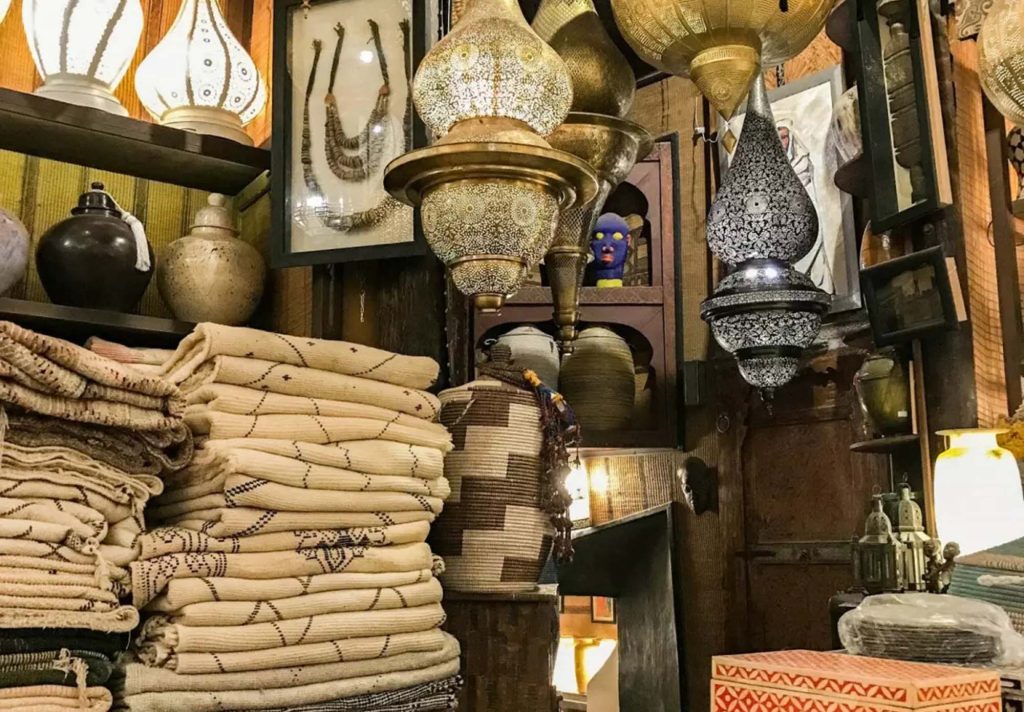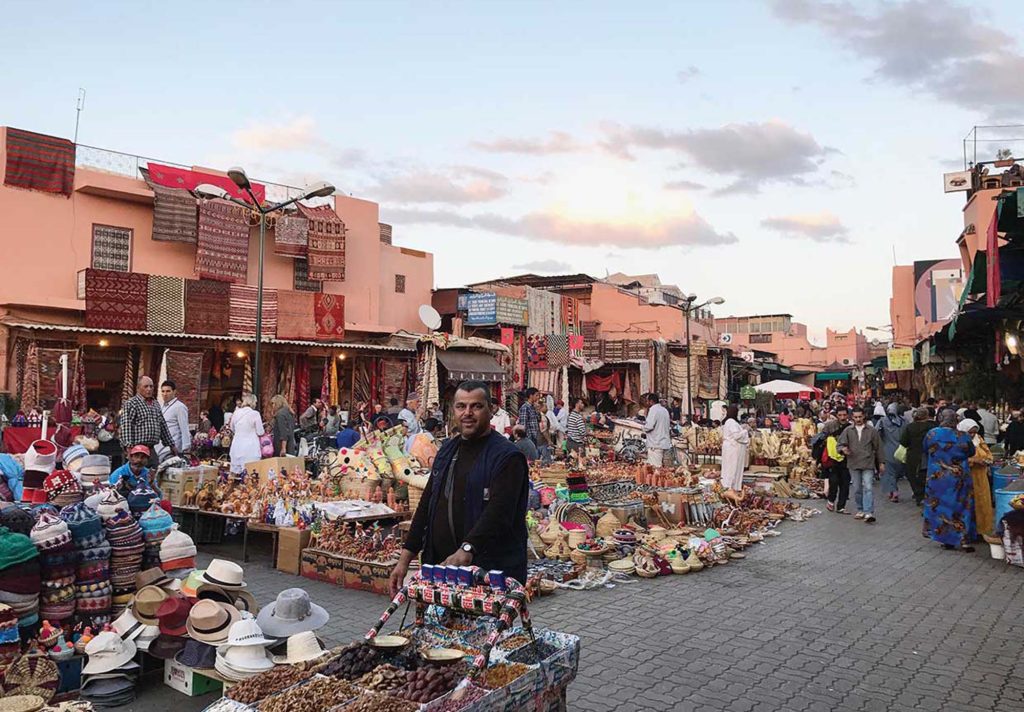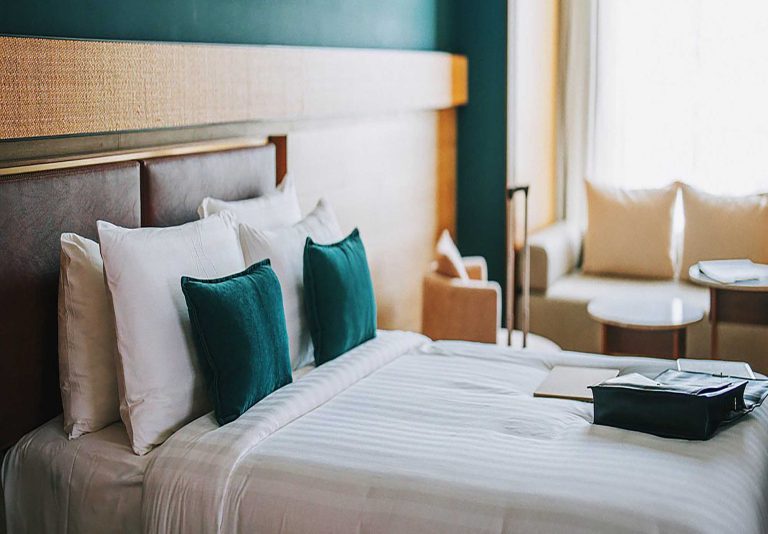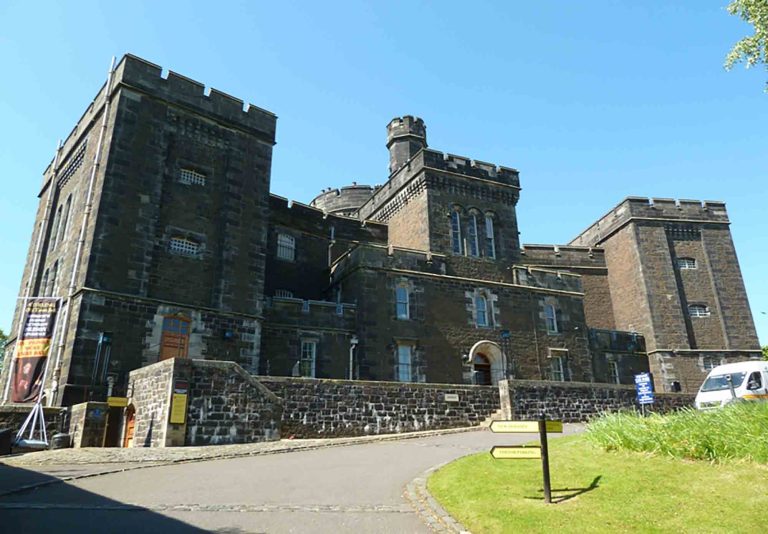I’ve had the privilege of navigating through the enchanting labyrinth of the Marrakech Medina, immersing myself in the authentic experience of shopping in its vibrant and bustling souks.
The Souks: A Kaleidoscope of Authenticity
The Medina’s labyrinthine pathways unveil a mesmerizing world within Marrakech—a bustling ensemble of alleys and souks that dance with life and cultural richness. As I ventured deeper into this vibrant tapestry, the sights became a spectacle of authenticity.
The alleys, narrow and winding, seemed like corridors weaving through history. The ochre walls stood as time-worn sentinels, carrying the stories of dynasties and traders who once traversed these very paths. Every turn brought forth a vivid display of colors—a kaleidoscope of vibrant textiles draped elegantly from stalls, ranging from bold reds to serene blues, a testament to Morocco’s artistic heritage.
The stalls, adorned with exquisite crafts, presented an array of treasures that sparkled under the soft glow of the sun. Handcrafted lamps, each bearing the intricate craftsmanship of local artisans, cast patterns of light and shadow that painted the alleys with an enchanting aura. The metallic glints and ornate designs on these lamps whispered tales of skilled hands and centuries of tradition passed down through generations.
Amidst this visual symphony, the air was infused with an exotic medley of aromas. Fragrant spices teased the senses, mingling with the earthy scent of leather goods crafted nearby. The distinct aroma of Moroccan cuisine, with its blend of cumin, cinnamon, and saffron, hung in the air, tempting passersby with its tantalizing allure.
Each sight, sound, and fragrance stitched together the fabric of Marrakech’s authenticity—a harmonious blend of history, craftsmanship, and cultural vibrancy that unfolded with every step through the Medina’s alleys.
Navigating the Maze: Tips and Real Experiences
Authenticity Check: Navigating through the myriad stalls in the Medina requires a discerning eye for authenticity amidst the captivating array of goods. Over time, I’ve honed my ability to distinguish genuine artisanal products from mass-produced items, primarily by engaging directly with the local craftspeople.

One key aspect I’ve found invaluable is interacting with these artisans themselves. Engaging in conversations and observing their work up close has allowed me to understand the intricacies and dedication behind each piece. The genuine creators exude pride in their craftsmanship, often eager to share the stories woven into their creations—the inspirations, the techniques passed down through generations, and the cultural significance embedded in every stitch, weave, or etching.
Authentic products often bear distinctive markers—a signature of the artisan or a symbol denoting the origin and authenticity of the craft. These details, sometimes subtle yet telling, act as a stamp of credibility. I’ve come to recognize the hallmarks of traditional crafting techniques, whether it’s the meticulous hand-stitching on leather goods, the specific patterns woven into textiles, or the intricate metalwork on lamps, which all signify the artisan’s dedication to preserving heritage.
Moreover, authentic goods often showcase imperfections that paradoxically add to their charm. Handcrafted items may bear slight irregularities, showcasing the human touch and the uniqueness of each piece. These imperfections serve as a testament to the authenticity and craftsmanship behind the product, setting them apart from mass-produced replicas.
Through these interactions and keen observations, I’ve developed a deeper appreciation for the authenticity and stories behind the artisanal goods, enabling me to select pieces that truly reflect the rich cultural heritage of Marrakech.
Personal Recommendations: In the bustling souks of Marrakech, amid the mesmerizing chaos of goods, a handful of souvenirs have resonated deeply with me, transcending mere objects to become vessels of cultural immersion and treasured memories.
One of the most captivating discoveries was in Mustapha Blaoui’s stall, where the artistry of leatherwork took center stage. The intricate designs and impeccable quality of the handcrafted leather goods drew me in, each piece a testament to Marrakech’s rich heritage of craftsmanship. As I ran my fingers over the supple leather, I felt not just the smooth texture but a connection to the artisans who poured their skill and soul into each creation. The intricate patterns and meticulous detailing on bags, belts, and poufs spoke volumes about the artisans’ dedication and the centuries-old traditions woven into these items. Choosing among these treasures wasn’t just a shopping endeavor; it felt like curating pieces of Marrakech’s soul to carry back home.
Another enchanting find was at the Carpet Souk, where Berber rugs unveiled stories in their vibrant colors and symbolic patterns. Each rug seemed to encapsulate the essence of Berber culture, with motifs that whispered tales of tradition and heritage. Running my hands over the woven textures, feeling the threads that conveyed stories of Berber life, I was transported into a world where artistry met history. The vivid hues and intricate designs weren’t merely decorative; they were reflections of the Berber tribes’ identity, their beliefs, and the landscape that shaped their art. Choosing one of these rugs wasn’t just acquiring an item; it felt like bringing home a piece of Marrakech’s living history, a constant reminder of the journey and cultural immersion experienced in the Medina’s vibrant streets.
These encounters weren’t just about making purchases; they were moments that stirred emotions, creating connections between me and the city’s artisans and their heritage. Each acquisition became a part of my personal narrative, a tangible reminder of the vibrant tapestry of Marrakech that I carried back with me, resonating with the sights, sounds, and stories of the Medina.
What to Buy and Where

Souvenir Gems:In the bustling and vibrant Babouche Souk, I stumbled upon a treasure trove of authentic Moroccan craftsmanship: the traditional Moroccan slippers, or “babouches.” Crafted from the supplest leather and displayed in a myriad of vibrant hues, these slippers instantly caught my eye for their elegance and cultural significance.
The allure of the babouches lies not just in their aesthetic appeal but in their deep-rooted connection to Moroccan heritage. As I perused the stalls, each pair seemed to narrate a story of Moroccan tradition and craftsmanship. The intricate designs and colorful patterns adorning these slippers spoke volumes about the artisan’s skill and the region’s rich history.
The supple leather used in crafting these babouches was a testament to the artisans’ dedication to quality. Running my fingers over the smooth textures, I could sense the craftsmanship and care poured into each pair. The variety of hues available, from vibrant reds to deep blues and earthy browns, offered a spectrum of choices, making it a delightful challenge to select just one pair.
Beyond their visual appeal, these babouches serve as more than just footwear; they are symbols of Moroccan elegance and style. Their versatility allows them to seamlessly blend into any home decor, adding a touch of exotic charm. Whether adorning a hallway as a cultural statement piece or gracing a living room for a dash of Moroccan flair, these babouches are a tangible reminder of the beauty and authenticity of Moroccan craftsmanship.
Acquiring a pair of babouches from the souk wasn’t merely about purchasing a souvenir; it was about embracing a slice of Moroccan culture, a connection to the artisans’ heritage, and a tangible reminder of the vibrant spirit of Marrakech that I could take back home.
Navigating Prices: Bargaining is an art in Marrakech’s souks. As a traveler, I’ve learned to negotiate respectfully. Start by politely inquiring about the price and then engage in the back-and-forth dance of haggling. Remember, it’s not just about the purchase; it’s about the interaction and the shared experience.
Avoiding Common Pitfalls
Navigating the bustling alleys of the Medina’s souks demands a discerning eye, especially when it comes to distinguishing genuine handcrafted items from mass-produced goods masquerading as authentic treasures.
The allure of Marrakech’s souks lies in their diversity, but this diversity also presents a challenge: sifting through the array of products to identify genuine craftsmanship. Amidst the labyrinthine alleys, it’s common to encounter items marketed as handcrafted that might, in reality, be mass-produced replicas. Therefore, being vigilant and inspecting products meticulously is crucial to ensure their authenticity.

Quality assurance becomes paramount in such vibrant marketplaces. I found it imperative to engage with the artisans or sellers, asking questions about the manufacturing process or the materials used. Genuine artisans take pride in their work and willingly share insights into their craft, allowing visitors to appreciate the effort and skill that goes into each piece.
Another concern is the transparency of pricing. Some vendors might attempt to add extra fees or inflate prices for tourists, assuming a lack of familiarity with local pricing. Prior research on standard price ranges for various items provided me with a baseline, enabling me to negotiate fairly and avoid overpaying. This proactive approach not only ensured a fair deal but also fostered a sense of respect and understanding between buyer and seller.
Additionally, seeking recommendations from locals or fellow travelers proved invaluable. Insights from those familiar with the souks’ dynamics helped navigate through the bustling marketplaces more confidently, ensuring a more authentic and rewarding shopping experience.
Ultimately, while the souks offer an enchanting glimpse into Marrakech’s artisanal heritage, being vigilant, informed, and engaging with local vendors remain essential to secure genuine, quality items at fair prices.
Shopping in Marrakech’s Medina is a delightful immersion into Moroccan culture, but it’s also a careful balance of appreciation and discernment. By embracing the authenticity, engaging with local artisans, and being mindful of quality and prices, one can unearth treasures that embody the soul of Marrakech—a souvenir not just of a place but of an enriching travel experience.










+ There are no comments
Add yours